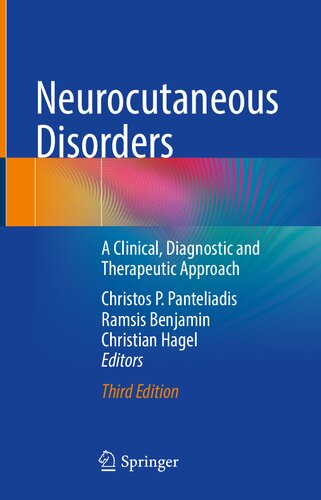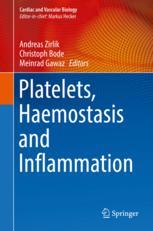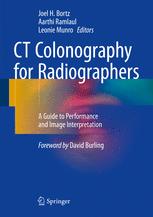اختلالات عصبی پوستی: یک رویکرد بالینی، تشخیصی و درمانی ۲۰۲۲
Neurocutaneous Disorders: A Clinical, Diagnostic and Therapeutic Approach 2022
دانلود کتاب اختلالات عصبی پوستی: یک رویکرد بالینی، تشخیصی و درمانی ۲۰۲۲ (Neurocutaneous Disorders: A Clinical, Diagnostic and Therapeutic Approach 2022) با لینک مستقیم و فرمت pdf (پی دی اف)
| نویسنده |
Christian Hagel, Christos P. Panteliadis, Ramsis Benjamin |
|---|
| تعداد صفحهها |
550 |
|---|---|
| نوع فایل |
|
| حجم |
20 Mb |
| سال انتشار |
2022 |
89,000 تومان
معرفی کتاب اختلالات عصبی پوستی: یک رویکرد بالینی، تشخیصی و درمانی ۲۰۲۲
این کتاب داده های جامعی را در مورد شایع ترین و نادرترین سندرم های مادرزادی و ژنتیکی سیستم عصبی و پوست ارائه می دهد. اگرچه این اختلالات اغلب پیچیده و چند سیستمی هستند، اما اغلب با استفاده از ترکیبی از یک معاینه بصری ساده و تجربه بالینی صدا قابل تشخیص هستند.
با تکیه بر اطلاعات مرجع از هزاران مقاله، تیم تحریریه بین المللی یک نمای کلی جامع تهیه کرده است که شامل دیدگاه های تاریخی، ویژگی های بالینی، پاتوژنز، و راهبردهای تشخیصی و درمانی است. علاوه بر این، کتاب به اساس بیوشیمیایی، مولکولی و ژنتیکی این اختلالات می پردازد.
کتاب به چهار بخش اصلی تقسیم شده است. با شروع جنبه های کلی اتیولوژی، تشخیص و درمان، بخش اول سپس ژنتیک، تصویربرداری عصبی، آسیب شناسی عصبی، تظاهرات چشمی و مدیریت جراحی را پوشش می دهد. بخش دوم ناهنجاری های رشدی، مانند سندرم استورج-وبر، آتاکسی-تلانژکتازی، هیپوملانوز ایتو و سایر سندرم های نادر، از جمله همانژیوم را مورد بحث قرار می دهد. بخش سوم بر اختلالات ترمیم سرکوبگر تومور/DNA تمرکز دارد که شایع ترین آنها نوروفیبروماتوز 1 است. همچنین نوروفیبروماتوز 2، شوانوما، توبروس اسکلروزیس، بیماری فون هیپل-لیندو، کارسینوم سلول بازال نایوید و غیره را توصیف می کند. بخش چهارم و آخر کتاب نقص در آنزیم ها و پروتئین های ساختاری را پوشش می دهد که به صورت گزانترومای مغزی، سندرم اهلرز-دانلوس، سندرم منکس و بیماری رفسوم ظاهر می شوند.
This book provides extensive data on the more common and many of the more rare congenital and hereditary syndromes that manifest in the nervous system and skin. Though often complex and multi-systemic, these disorders can frequently be diagnosed using a combination of simple visual inspection and sound clinical expertise.
Drawing on fully referenced information from thousands of articles, the international editorial team has prepared a comprehensive overview that includes historical perspectives, clinical features, the pathogenesis, and diagnostic and therapeutic strategies. In addition, it addresses the biochemical, molecular, and genetic basis of the disorders.
The book is divided into four main sections. Starting with general aspects of aetiology, diagnostics and therapy, the first part then covers the genetics, neuro-imaging, neuropathology, ocular manifestations and surgical management. The second part discusses developmental malformations, such as Sturge-Weber syndrome, Ataxia-Telangiectasia, Hypomelanosis of Ito and other rare syndromes, including haemangiomas. The focus of the third part is on tumour suppressor/DNA repair disorders, the most common of which is Neurofibromatosis 1. It also describes Neurofibromatosis 2, Schwannomatosis, Tuberous sclerosis, von Hippel-Lindau disease, Naevoid basal cell carcinoma and others. The book’s fourth and final section covers defects in enzymes and structural proteins, which manifest as Cerebrotendinous xanthromatosis, Ehlers-Danlos syndrome, Menkes syndrome, Refsum disease.















